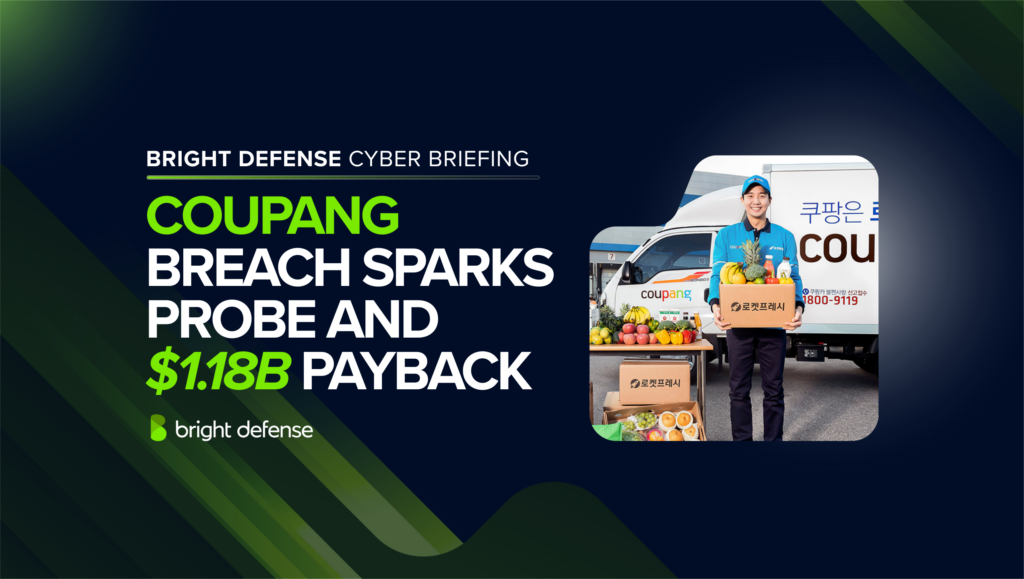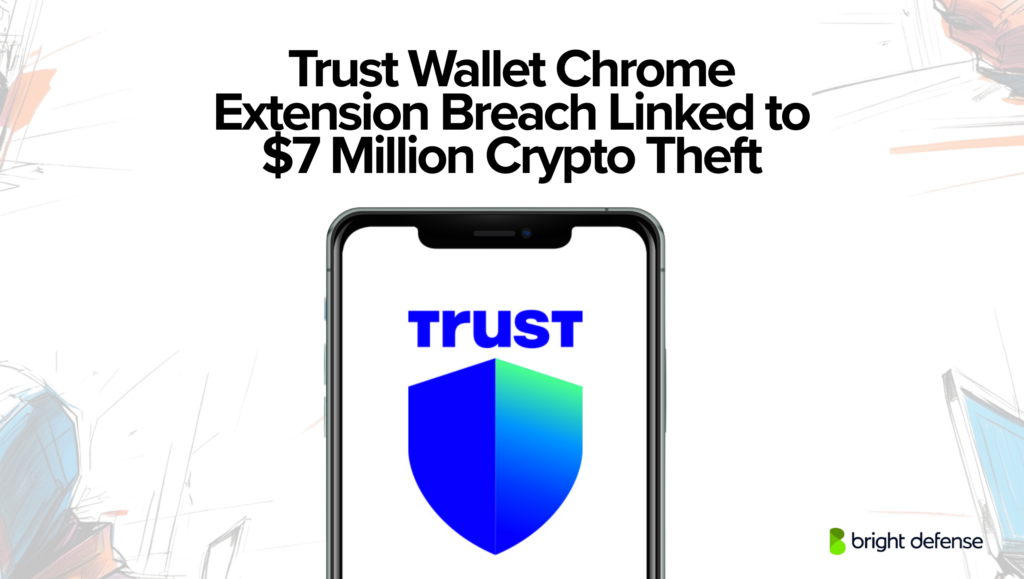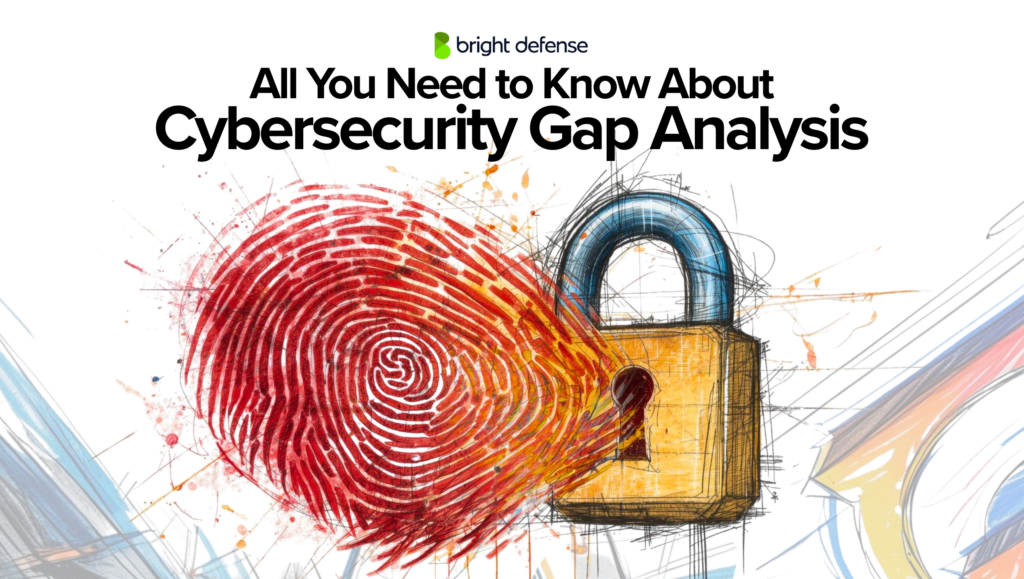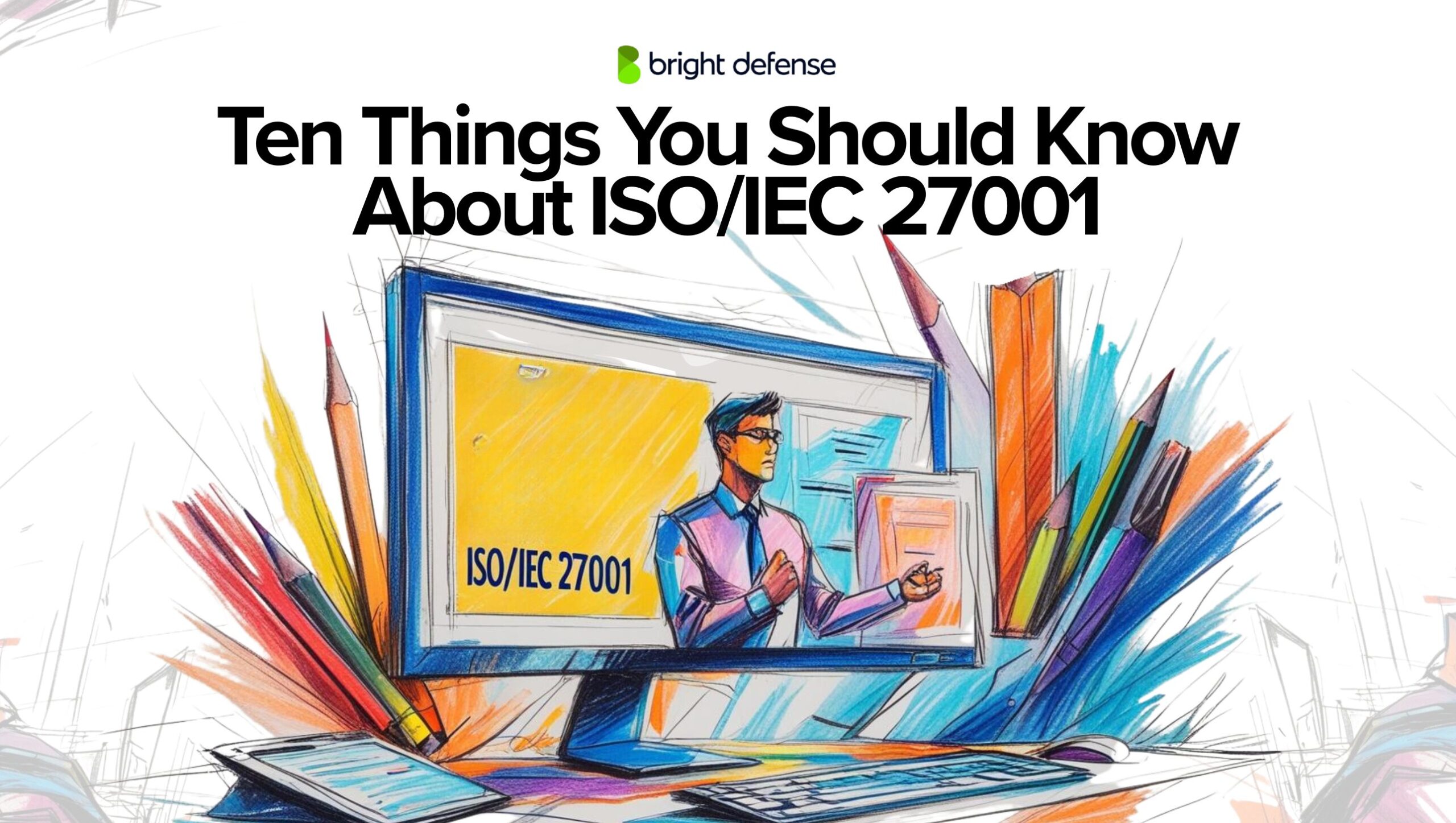
Ten Things You Should Know About ISO/IEC 27001
ISO/IEC 27001 is a globally recognized standard that guides the management of information security. It outlines requirements for creating, operating, sustaining, and refining an information security management system (ISMS).
The ISO Survey 2023 recorded 48,671 valid certificates worldwide by year-end. Even without complete data from all countries, this shows continued growth in adoption. The standard remains a key reference for safeguarding sensitive information and addressing security risks through an organized approach.
In this article, we will examine key aspects that every organization should understand, whether you are pursuing certification or looking to strengthen your existing ISMS.
From its main requirements to its practical benefits, these points will provide a clear picture of why ISO/IEC 27001 remains so important in today’s security-focused environment.
#1. What is ISO ISO/IEC 27001?
ISO 27001 is a globally recognized standard that sets requirements for creating and maintaining an Information Security Management System (ISMS). It guides organizations in protecting sensitive data through structured policies, processes, and controls.
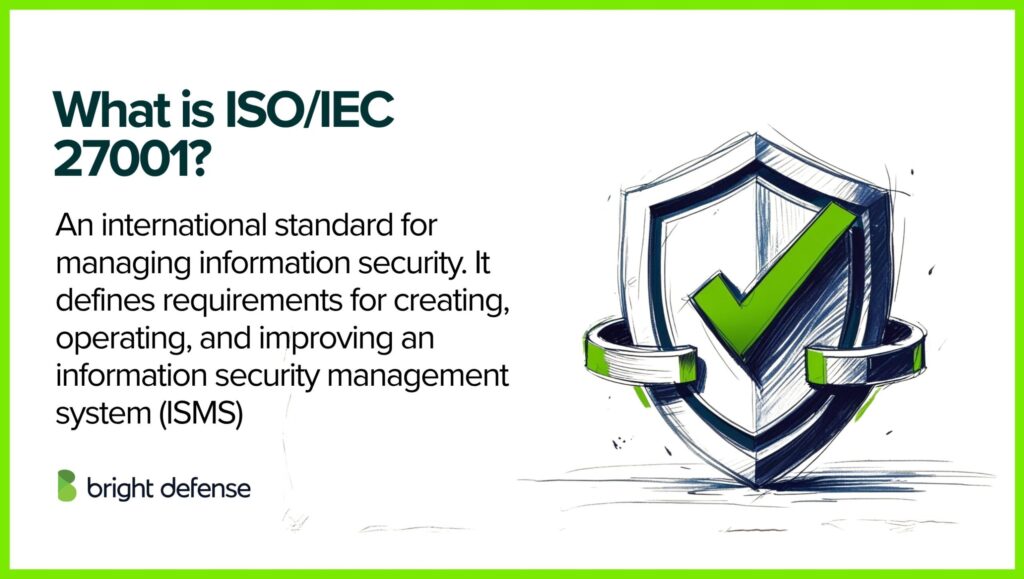
The standard helps organizations protect the confidentiality, integrity, and availability of their information by identifying risks and applying appropriate security controls.
Certification to ISO/IEC 27001, issued by an accredited certification body, shows that an organization follows a structured, risk-based approach to safeguarding information and meets internationally recognized best practices.
#2. Why is ISO/IEC 27001 Important?
As digital transactions increasingly cross national borders, organizations face complex challenges in protecting information from threats that can originate anywhere.
ISO/IEC 27001 offers a globally recognized framework for managing information security risks, supporting privacy protection, and addressing cyber threats in a consistent and structured way.
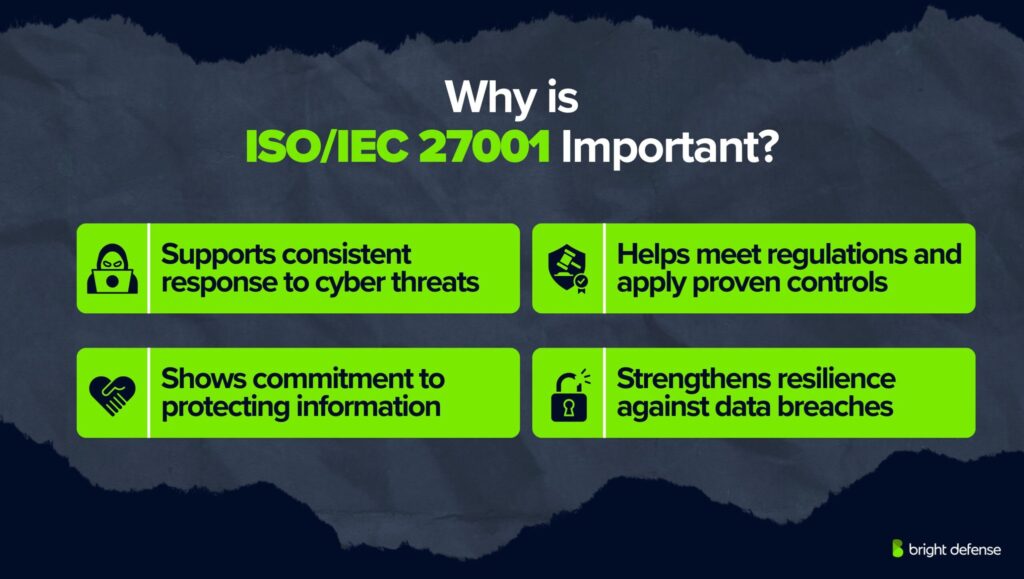
Adopting a recognized standard helps apply tested controls, meet regulations, and show commitment to security. This shared approach helps create predictable expectations for handling security incidents and managing data, which supports both local and global economic activity.
With data breaches on the rise worldwide, ISO/IEC 27001’s structured risk management process has become a key tool for organizations seeking to maintain resilience and protect critical assets.
#3. What Are the Benefits of ISO 27001?
ISO 27001 offers organizations clear advantages for protecting information assets and strengthening overall security practices.
Let’s look at the key ways ISO 27001 can help strengthen security and support long-term risk control:
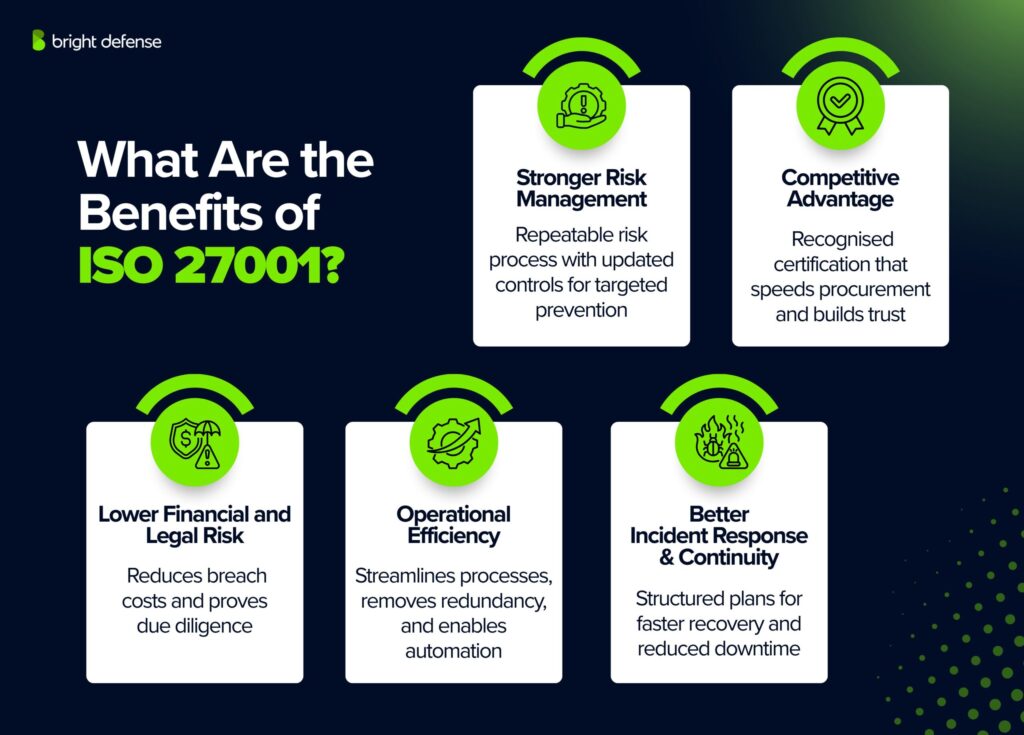
I. Stronger Risk Management with ISO 27001:2022
ISO 27001:2022 sets a clear process for risk assessment. Under clause 6.1.2, organizations define risk criteria, identify threats and weaknesses, measure likelihood and impact, and keep results up to date. This process is meant to be repeatable and consistent across the whole information security management system, not just a one-off activity.
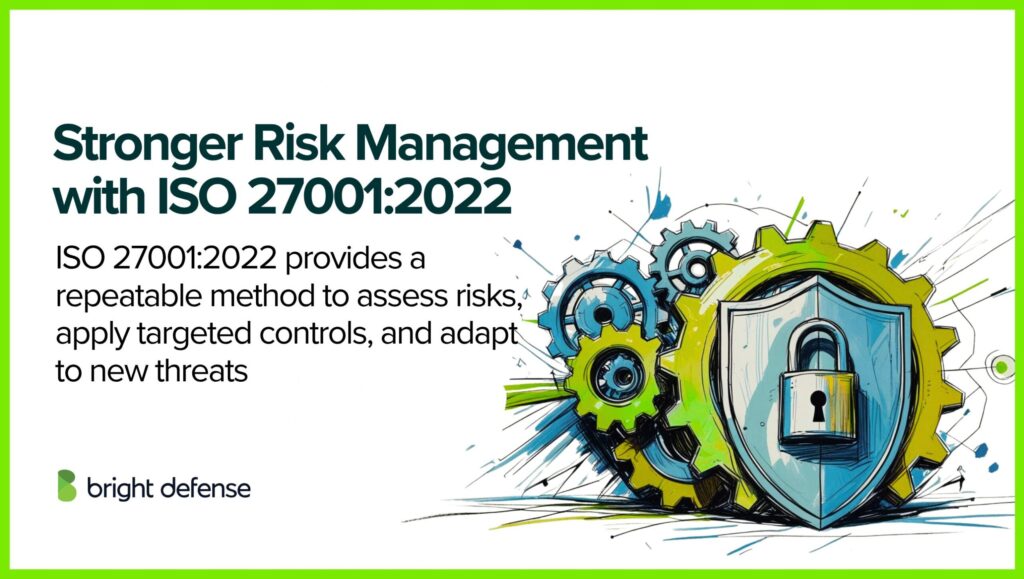
The updated Annex A now includes 93 controls, with 11 new ones covering areas such as threat intelligence, secure coding, data masking, cloud services, and readiness for ICT continuity. This helps security teams focus on the right mix of preventive and detective measures without duplicating effort.
Why this matters in 2025
- The UK Cyber Security Breaches Survey 2025 shows that 43 percent of businesses experienced a breach or attack in the past year, with larger organizations hit more often.
- IBM’s 2025 report highlights rising breach costs and new risks linked to AI misuse, such as shadow AI systems and compromised AI supply chains.
Good practice includes
- Using a documented risk method that sets clear scoring rules and acceptance thresholds.
- Mapping top risks to relevant Annex A controls. For example, phishing and credential-stuffing can be addressed with controls like A.5.30 (Threat intelligence) and A.8.23 (Authentication information security), supported with phishing-resistant MFA and code review policies.
- Reassessing risks after significant changes, such as adopting new SaaS platforms, launching major features, or responding to critical vulnerabilities.
II. Competitive Advantage and Market Access
ISO 27001 certification shows that your organization meets a globally recognized information‑security benchmark. It matters especially when dealing with finance, healthcare, or government supply chains, where the standard often appears in RFPs—sometimes as a non‑negotiable prerequisite. Certified organizations face fewer hurdles during procurement, which can shrink sales cycles and unlock new opportunities, including international deals where security accreditation matters.

Why this matters in 2025
- ISO 27001 continues to be a growth driver. Recent analysis notes its role as a “strategic edge,” transforming security from purely defensive into a business enabler
- Certification supports compliance across regulations like GDPR, CCPA, HIPAA, DORA—which in turn simplifies audits and demonstrates due diligence
- Investors now increasingly value companies with ISO 27001. Certification gives them confidence in an organization’s risk‑management maturity, making certified companies more attractive in M&A or funding scenarios
- Certification also highlights reliability in high‑stakes bids. It makes you a more compelling partner in tenders, reducing the need for extensive vendor questionnaires and accelerating bids
Good practice
- Make ISO 27001 an asset in marketing and proposals—lead with it when targeting high‑security sectors or international clients.
- Keep a compliance‑mapping tool to show exactly how your controls align with key regulations—this helps speed up procurement and audit processes.
- Flag the certification in pitches to investors or buyers—it signals lower cyber-risk and sharper governance.
III. Lower Financial and Legal Risk
A certified ISMS supports prevention of breaches that could trigger regulatory fines, litigation, or contractual penalties. When incidents happen, documented controls, audit logs, and incident procedures show due diligence. This evidence can reduce regulatory or legal impact.

Why this matters in 2025
- More than 1,488 U.S. class‑action lawsuits tied to data breaches were filed in 2024—up nearly threefold from 2022. High‑profile settlements—like Meta’s $1.4 billion and Marriott’s $52 million agreements—highlight the massive financial stakes.
- The estimated average cost of a data breach in 2024 was about $4.88 million, and most affected organizations had experienced previous incidents. ISO 27001 provides the structure to limit exposure through proactive controls and solid documentation.
Good practice
- Use your ISMS and incident response evidence to show good governance. In breach investigations or audits, this demonstrates control maturity and can reduce penalties.
- Regularly review policies, logs, and evidence that back your response effectiveness.
- Include legal counsel early in development of your ISMS and response plans. This ensures regulatory alignment, smooth notification, and defensible documentation.
IV. Operational Efficiency
Implementing ISO 27001 often highlights inefficiencies in systems, workflows, and policies. Standardising documentation, reducing redundancy, and defining clear responsibilities help cut overhead and boost coordination. Security then becomes part of daily operations rather than an isolated, reactive effort.
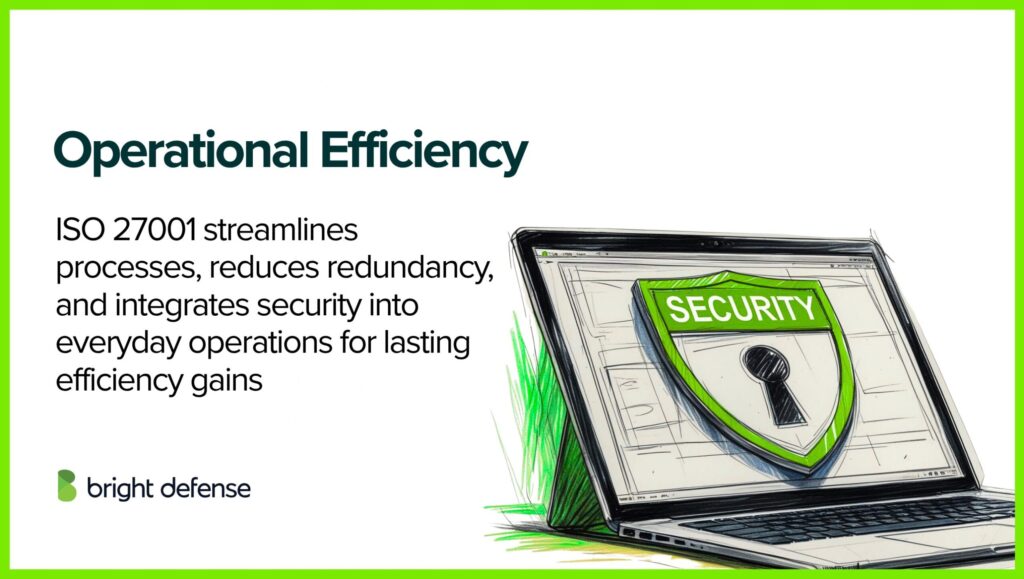
Why it matters in 2025
- ISO 27001 embeds discipline in documentation and oversight. This drives efficiency, cleaner workflows, and better decision making across teams.
- Adopting the standard exposes gaps in data handling and policy, enabling automation of previously manual tasks. This cuts errors and frees staff for higher‑value strategic work.
- Continuous improvement—built into ISO 27001’s design—means organizations can keep refining processes, reducing waste, and lowering long‑term costs.
- Some organizations even receive lower cyber‑insurance premiums thanks to streamlined operations and proven risk control tied to ISO 27001.
Good practice
- Use ISO 27001 controls to remove duplicate work, clarify process ownership, and define procedures clearly.
- Automate where possible—focus on manual hand-offs and error-prone tasks.
- Track metrics like time saved, incident response speed, and process cycle changes to show efficiency gains.
V. Better Incident Response and Continuity
ISO 27001 requires organizations to have structured and tested plans for incident response, disaster recovery, and business continuity. When security incidents or disruptions happen, these plans support faster containment and recovery, helping minimize downtime, cost, and impact on customers.

Why it matters in 2025
- A recent UK survey found that 72% of organizations faced IT disruptions in the past year, yet only about 31% felt highly confident in their disaster recovery and continuity plans. Just over half regularly tested RTOs, and even fewer tested RPOs. As a result, 58% reported significant financial losses. This exposes a serious gap in operational resilience.
- ISO/IEC 27031:2025 complements ISO 27001 with ICT-specific continuity measures. It supports faster recovery times, limits data loss, and boosts resilience in hybrid IT environments—including cloud services.
- ISO 27001 Annex A 16 defines clear incident‑management steps—from detection through post‑incident review. That includes assigning roles, reporting mechanisms, real‑time coordination, forensic analysis, and lessons learned.
- Embedding these processes helps organizations recover more quickly, preserve critical services, and reduce financial exposure.
Good practice
- Define and maintain incident response teams with clear escalation paths, contact details, and responsibilities accessible around the clock.
- Regularly test RTOs and RPOs—cover both IT systems and critical business processes—to ensure rapid recovery.
- Integrate continuity and incident-response plans under the ISMS, aligning them with risk assessments and controls.
- Conduct post-incident reviews to capture lessons, refine policies, and strengthen routines overall.
VI. Benefits for Consumers and Society
Certification to ISO 27001 confirms that an organization operates a structured, independently verified information security management system. It demonstrates that personal and sensitive information is managed with confidentiality, integrity, and availability as core principles.
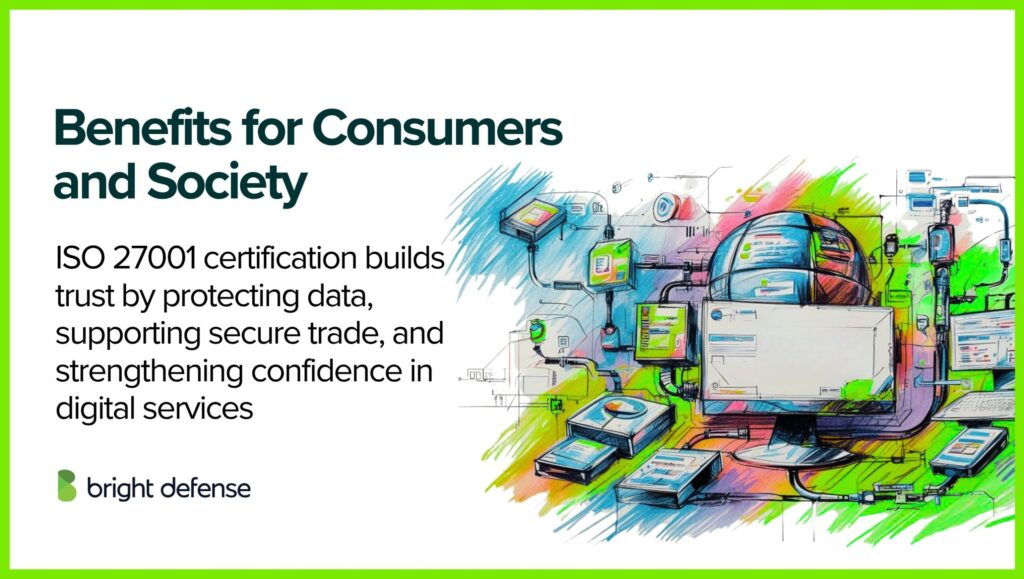
Customers gain trust that their data is protected from misuse, loss, and unauthorised access, while the organization follows internationally recognized security practices.
This commitment strengthens cybersecurity resilience across sectors, supports secure global trade, safeguards critical infrastructure, and promotes confidence in digital services.
#4. Why implement an ISO/IEC 27001-based Information Security Management System
Information must stay confidential, accurate, and accessible. A disciplined security program protects personal, financial, and health data while keeping critical operations running.
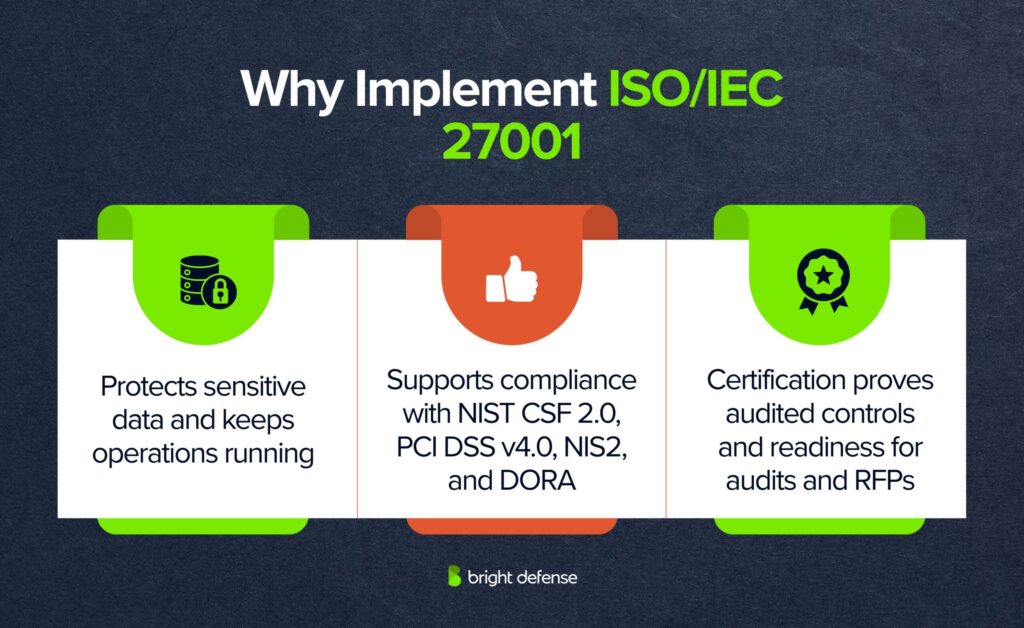
ISO/IEC 27001 uses a risk-based approach to set objectives, assess threats, apply controls, and improve. The 2022 update aligns with ISO/IEC 27002:2022, reducing controls to 93 with 11 new ones covering threat intelligence, cloud security, data deletion, data masking, DLP, secure coding, configuration management, and ICT continuity.
A 27001-based ISMS supports compliance, meets customer expectations, and fits with frameworks like NIST CSF 2.0, which adds Governance and supply chain focus. Certification signals defined, implemented, and audited controls, which is critical as PCI DSS v4.0 (March 2025), EU NIS2, and DORA tighten requirements.
Bottom line:
27001 provides structure for risk management, supplier oversight, and incident readiness. Certification offers credible proof in audits and RFPs while keeping programs aligned with current control sets and deadlines.
#5. Core Elements of ISO/IEC 27001 (2022 Edition)
ISO/IEC 27001 contains ten main clauses, with Clauses 4 to 10 defining the requirements for implementing and maintaining an information security management system (ISMS). These requirements include:
- Understanding the organization’s context and interested parties (Clause 4)
- Leadership commitment and governance responsibilities (Clause 5)
- Planning for risk assessment, risk treatment, and ISMS objectives (Clause 6)
- Support for the ISMS, including resources, competence, awareness, and documented information (Clause 7)
- Operational controls for risk treatment (Clause 8)
- Performance evaluation through monitoring, measurement, audits, and management review (Clause 9)
- Continual improvement and corrective actions (Clause 10)
Annex A – Control Set
- Organizational: 37 controls (policies, roles, threat intelligence, asset management, supplier security, incident handling).
- People: 8 controls (training, awareness, disciplinary action, remote work).
- Physical: 14 controls (secure access, environmental protection, equipment security).
- Technological: 34 controls (network security, encryption, data masking, deletion, DLP, secure coding, monitoring, cloud protections).
Organizations select controls through risk assessment and document choices in a Statement of Applicability. Each control must be justified and linked to risks and objectives.
Why it matters
The 2022 update streamlines controls from 114 to 93, adds measures for cloud, data protection, and secure development, and refines clause structure for clearer audits. Control selection is now more risk-focused and defensible.
#6. How Does ISO/IEC 27001 Work? What is a Risk-based Approach to Managing Information Security?
ISO/IEC 27001 takes a risk-driven approach to information security management, rather than prescribing a fixed set of controls for all organizations. This differs from frameworks such as the Payment Card Industry Data Security Standard (PCI DSS), which mandates specific requirements for protecting cardholder data, or legislative requirements like the Sarbanes-Oxley Act (SOX), which focus on internal controls over financial reporting.
Under ISO/IEC 27001, controls are selected based on the results of a formal risk assessment, which considers threats to the confidentiality, integrity, and availability of information assets. Annex A of the standard contains 93 reference controls grouped into four themes. These controls are not all mandatory, but they must be evaluated, and any exclusions must be justified in the organization’s Statement of Applicability (SoA).
This approach allows security measures to be proportionate to the organization’s risk environment, ensuring that resources are focused on the most significant threats. ISO/IEC 27001 also embeds continual improvement through internal audits, management reviews, corrective actions, and ongoing monitoring, making the ISMS a living system that adapts as risks change.
#7. Where Should You Start with ISO 27001?
First, decide if you need ISO/IEC 27001 certification or if meeting the standard’s requirements without external audit is enough. Certification is often required in government, finance, and other regulated sectors.
If certification is needed, do not treat it as a one-off project. Successful organizations run information security as an ongoing business process, backed by consistent investment and regular improvement.
Start by defining the scope of your ISMS. This means deciding what is included, what is excluded, who is involved, and which information assets need protection. Then perform a risk assessment, create a risk treatment plan, and choose controls that address the risks. Document these in a Statement of Applicability.
These steps form the base of your ISMS and prepare you for the audits, reviews, and updates needed to keep certification.
#8. ISO 27001 Audit Process
ISO 27001 certification is valid for three years and follows a structured audit cycle:
Stage 1 Audit
This stage reviews the organization’s readiness for certification. The auditor will examine the ISMS scope, documented information, key processes, and evidence of activities such as internal audits and management reviews. The goal is to confirm that the ISMS is sufficiently developed to proceed to Stage 2.
Stage 2 Audit
This stage evaluates the implementation and effectiveness of the ISMS. The auditor will sample operational records, interview personnel, and verify that controls are in place and operating as described. Most CBs expect the ISMS to have been in operation for at least several months to provide meaningful evidence.
Surveillance Audits
Once certified, the organization must undergo periodic surveillance audits to confirm the ISMS is being maintained and improved. Surveillance is typically conducted annually, with the interval never exceeding 12 months from the last certification or surveillance decision.
Recertification Audit
Every three years, a full recertification audit is required before the current certificate expires. This audit reviews the complete ISMS scope and confirms ongoing conformance with ISO/IEC 27001.
#9. Who Wrote ISO/IEC 27001?
ISO/IEC 27001 is published jointly by ISO and IEC, developed through the ISO/IEC JTC 1, SC 27 committee. It originated from the UK’s BS 7799, released in 1995 by the British Standards Institution. BS 7799 had two parts:
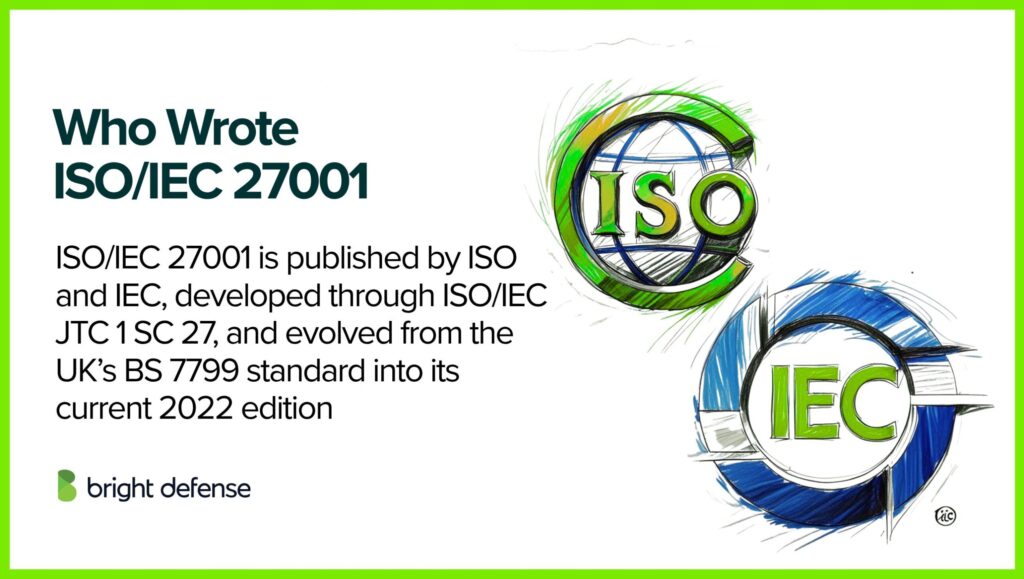
- Part 1 – A code of practice for information security management, which evolved into ISO/IEC 17799 and is now ISO/IEC 27002.
- Part 2 – The specification for an information security management system (ISMS), which became the foundation for ISO/IEC 27001.
The first edition appeared in 2005, followed by updates in 2013 and 2022. The latest version includes revised controls and modernized risk management alignment.
#10. How to Achieve and Maintain ISO/IEC 27001 Certification?
Here is a brief 3 step process on how you acn acheve and maintain ISO/IEC 27001:
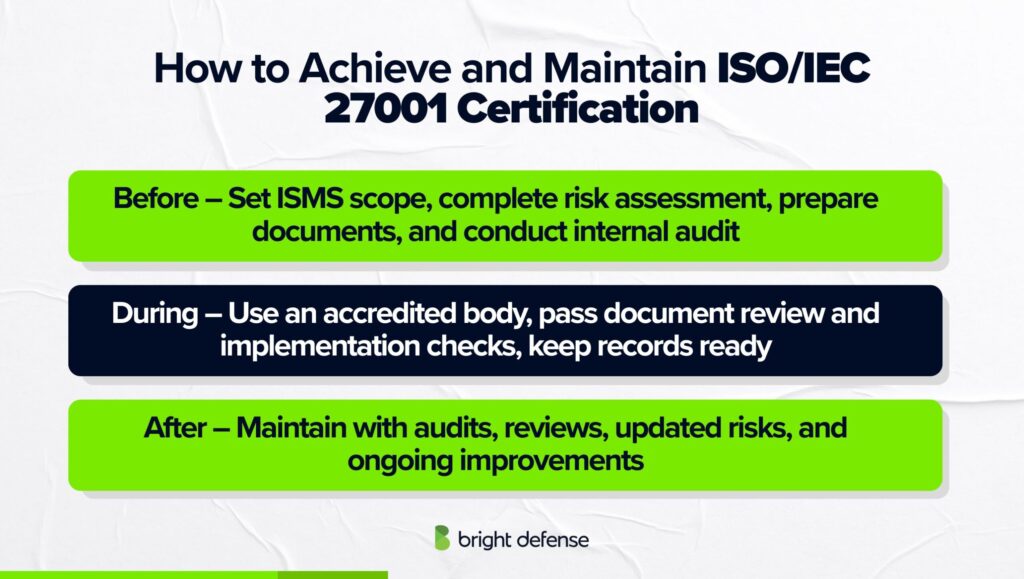
Step 1 – Before Certification
To achieve ISO/IEC 27001 certification, start with your leadership commitment and define your ISMS scope. Involve key stakeholders early, complete a thorough risk assessment.
The Statement of Applicability must be complete and accurate, as missing it or the risk assessment can halt the certification process.
Have all required documents ready, then perform an independent internal audit and a management review to confirm readiness before the certification body arrives.
Step 2 – During Certification
During certification, choose an accredited, independent certification body to avoid conflicts of interest. Schedule the audit once your ISMS has been running for several months.
In Stage 1, auditors review your documentation, including the Statement of Applicability and risk assessment.
In Stage 2, they verify control implementation through evidence and staff interviews.
Providing prompt, honest responses and maintaining organized records makes the process smoother. Avoid any provider promising certification on an unrealistic timeline
Step 3 – After Certification
After certification, the focus shifts to maintenance and improvement. The certificate is valid for three years, but surveillance audits will occur annually or more often depending on risk.
Internal audits, management reviews, and updates to the risk assessment keep the ISMS current and effective. Policies, procedures, and supporting evidence must stay up to date, ready for review at any time.
A commitment to continuous improvement, adjusting controls and processes as threats, technology, or business needs evolve, ensures the certification remains valid and valuable.
How Bright Defense Can Help You with ISO 27001?
Bright Defense helps organizations achieve and maintain ISO/IEC 27001 certification through practical, end-to-end support. We assist with defining the ISMS scope, conducting risk assessments, and selecting the right controls for your environment.
Our team prepares you for audits, ensures your documentation is complete, and provides guidance for meeting the latest requirements. We also integrate ISO 27001 with other standards to simplify compliance, strengthen security operations, and improve incident readiness.
This approach supports faster recovery from disruptions, lowers legal and financial exposure, and keeps your ISMS effective over time.
FAQs
ISO 27001 follows a risk-based approach to identify, assess, and treat information security risks through defined information security controls.
It requires leadership and resources from top management across the entire organization.
Continual improvement is achieved through monitoring, management reviews, and corrective actions, supported by internal and external audits.
It considers internal and external issues, compliance requirements, identified risks, and security objectives.
– Scope
– Normative references
– Terms and definitions
– Context of the organization (internal and external issues)
– Leadership (senior management)
– Planning (mitigate risks, meet security objectives)
– Support (documented information)
– Operation (implement controls, close compliance gaps)
– Performance evaluation (management reviews, future audits)
– Improvement (achieving certification)
It is an international standard for creating, operating, maintaining, and improving an ISMS.
It requires defining the ISMS scope, performing a risk assessment, selecting and implementing controls, maintaining ISMS documentation, and completing certification audits with an accredited certification body.
Regular internal audits help address identified risks and confirm ongoing compliance before the next certification cycle.
– It applies to any organization, uses a risk-based method, and involves top management.
– Controls must be documented in the Statement of Applicability.
– Meeting legal requirements and focusing on continual improvement are required.
– Certification lasts three years with annual external audits.
– Keeping up with compliance requirements and reducing risks supports a smooth certification audit.
– Information security policies
– Organization of information security (supply chains)
– Human resource security
– Asset management (privacy protection of sensitive data)
– Access control
– Cryptography
These areas support the organization’s information security objectives.
– Organizational controls (available ISMS documentation, address compliance gaps)
– People controls (training staff to mitigate risks)
– Physical controls (protecting the entire organization)
– Technological controls (security standards, cloud security)
The 2022 edition uses 4 themes instead of the older 14-domain international standards model. The 2013 edition had 114 controls, covering implement controls, risk treatment plan, and compliance requirements.
ISO/IEC 27001 is an international standard from the International Organization for Standardization and the International Electrotechnical Commission, certifiable through an accredited certification body. It defines the ISMS scope, maintains documented information, requires management review, and follows a certification cycle with future audits.
Certification to ISO/IEC 27001 can only be carried out by an accredited Certification Body (CB). Accreditation is granted by a national accreditation authority that is a member of the International Accreditation Forum (IAF).
Get In Touch

